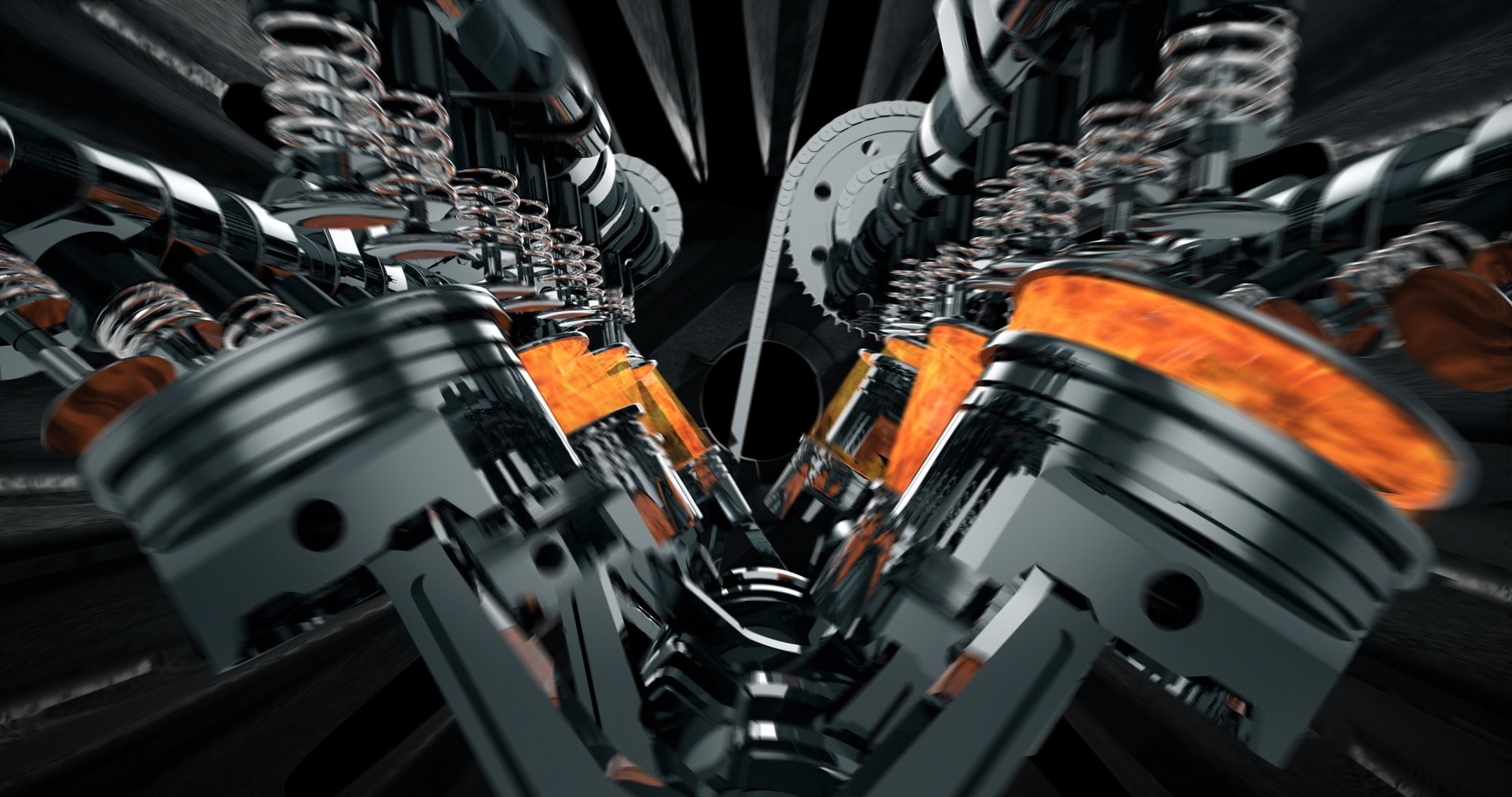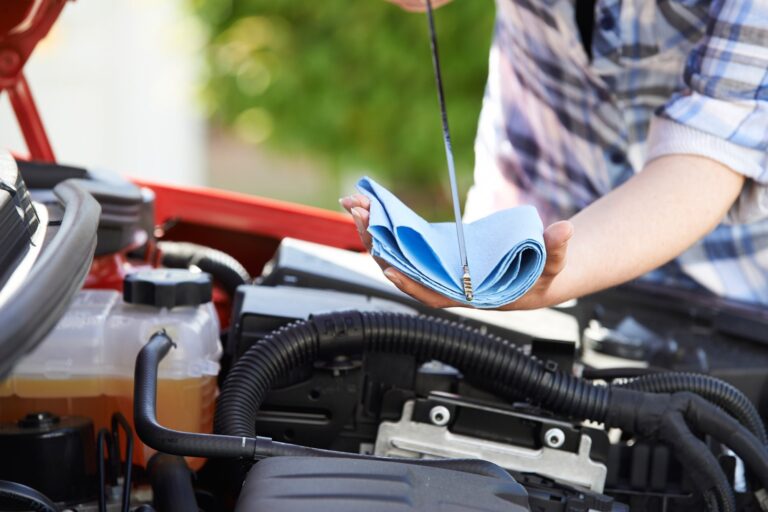Engine Health: A Step-By-Step Guide to Replace Piston Rings Like a Pro
Your car engine is the heart and soul of your vehicle. It needs to be taken care of and well-maintained to ensure it runs smoothly and efficiently.
However, just like any machine, there are times when you may need to replace some of its parts, and one of those engine parts is the piston ring. Your engine’s piston rings are essential in keeping your car’s engine in excellent health, but when they start to wear, they can cause significant damage.
So, in this blog post, we’re going to provide you with a step-by-step guide on how to replace piston rings like a pro to keep your engine’s health in tip-top shape.
Identify the Symptoms
Before you go ahead and replace your piston rings, you need to identify that they are indeed worn out. Some signs to look out for include increased oil consumption, excessive smoke coming out of the exhaust pipe, and a decrease in power and fuel efficiency. If you notice any of these symptoms, it’s time to start investigating and consider replacing the piston rings.
Gather the Right Tools
Replacing piston rings is not an easy task, and you will need specialized tools to do the job effectively. The tools required include a piston ring compressor, a torque wrench, piston ring pliers, a socket wrench set, a ring groove cleaner, and a set of replacement piston rings. Make sure you have all the necessary tools before you start the process.
Remove the Piston
The first step in replacing the piston rings is to remove the piston from the engine block. You will need to detach the connecting rod bolts, and bearing caps, and push the piston out through the top of the cylinder block. You should clean everything thoroughly with brake cleaner, hot, soapy water, or carb cleaner to remove all of the residues.
Install the New Piston Rings
Once you have removed the piston, it’s time to install the new piston rings. You should place the piston ring compressor in the cylinder, which will hold the piston rings in place while you insert the rings into their grooves using piston ring pliers.
Make sure the piston rings are correctly aligned to prevent any leaks once you reinstall the piston. If you are in need of new piston rings or any other Polaris UTV parts, make sure to visit this website for top-quality and reliable options.
Reassemble the Engine
After installing the new piston rings, it’s time to reassemble the engine. You should reinstall the piston into the cylinder block, tighten the rod bolts, and reattach the bearing caps.
Once you have done that, use a torque wrench to tighten the rod bolts to the manufacturer’s specified torque rating. Lastly, reinstall the engine components such as the timing cover, oil pan, and oil filter.
Common Errors in Piston Ring Replacement and How to Avoid Them
A piston ring is an essential component of an engine, and it is responsible for sealing the engine’s combustion chamber. It is precisely designed to withstand high pressure and temperatures, and it plays a crucial role in ensuring that the engine runs smoothly.
However, replacing the piston ring is a complicated process that requires a lot of attention and care. Mistakes during the replacement process can lead to engine damage, which can be expensive to repair. Here are some common errors in piston ring replacement and how to avoid them.
Failing to Inspect the Cylinder Walls
One of the most common errors during piston ring replacement is failing to inspect the cylinder walls. The cylinder walls are an important part of the engine that needs to be inspected before installing the new piston rings.
If the cylinder walls are damaged or worn out, the new piston rings will fail to seal properly, and this can lead to engine problems. Before replacing the piston rings, always inspect the cylinder walls for damage or wear.
Incorrect Piston Ring Installation
Another common error during piston ring replacement is incorrect installation. It is crucial to install the piston rings correctly as they play a significant role in engine operation.
Ensure that the ring gaps are not aligned with each other and that the beveled edge faces the top of the piston. Failure to install the piston rings correctly can cause oil consumption, a decrease in engine power, and in the worst-case scenario, engine damage.
Improper Ring Gap
As mentioned earlier, piston rings are designed to withstand high pressure and temperatures. However, they experience wear and tear over time, which leads to an increase in the ring gap. An improper ring gap, either too wide or too narrow, can lead to engine problems.
A too-narrow ring gap can reduce engine power, cause overheating, and increase oil consumption, while a too-wide gap can lead to oil blow-by and reduce engine compression. Be sure to check the ring gap specifications, and if you’re not knowledgeable, entrust the process to a professional mechanic.
Neglecting the Break-in Period
After installing new piston rings, it is essential to observe the engine’s break-in period. This process allows the engine to adapt to the new piston rings. During the break-in period, the engine may be prone to overheating and increased oil consumption.
To avoid engine problems, observe the manufacturer’s break-in period instructions. Failure to follow these instructions can lead to engine damage and reduce the engine lifespan.
Not Replacing All the Piston Rings
During piston ring replacement, it is important to replace all the piston rings. Replacing only one or two piston rings can lead to incomplete sealing, which can cause oil consumption and a decrease in engine power. Be sure to replace all the piston rings to ensure complete engine sealing.
Learning to Replace Piston Rings Like a Pro
Your engine’s health is critical to your vehicle’s performance and longevity. Replacing your piston rings regularly is essential in keeping your engine running smoothly for years to come. By following this step-by-step guide, you can replace piston rings like a pro and keep your engine in excellent health.
Remember, always ensure you have the right tools, follow the manufacturer’s instructions, and be patient. With the right approach, you’ll be back on the road in no time with a healthy and robust engine.
Looking for more tips and advice? You’re in the right place! Make sure to bookmark our page and come back to check out more interesting articles.





